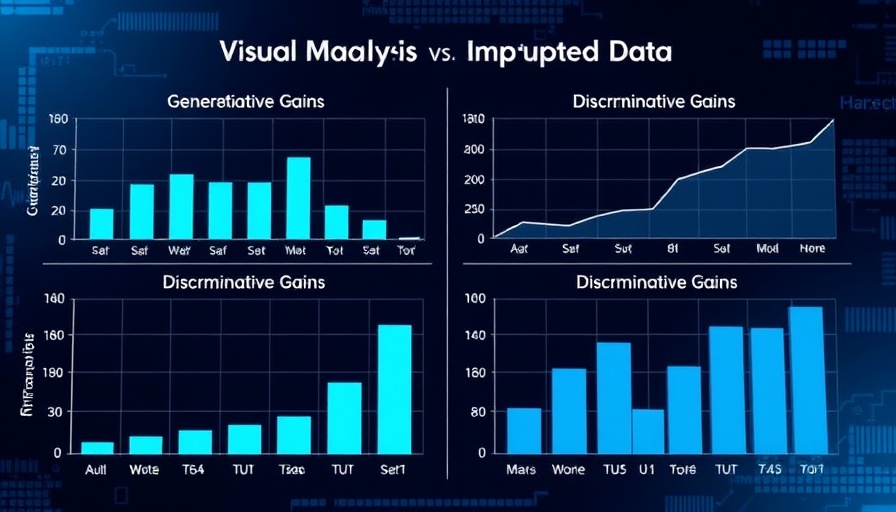
Unlocking the Potential of Wearable Technology
Wearable devices have fundamentally transformed the landscape of health monitoring, offering continuous insights into various physiological and behavioral metrics. These devices capture a wealth of information, from heart health to sleep patterns, providing users with invaluable feedback on their well-being. However, while the technology has evolved rapidly, challenges persist, particularly regarding the quality of data collected. True, the volume of data generated is impressive, yet the issue of missing data remains a significant hurdle for researchers and users alike.
Understanding Missingness in Wearable Data
As examined in the recent study from Google Research, led by Girish Narayanswamy and Maxwell A. Xu, missingness is a critical concern in wearable sensor recordings. Their study indicated that none of the analyzed day-long data windows were free from missing data points. This missingness can stem from numerous factors—device removal, battery limitations, or even environmental interferences. Traditional approaches to tackle this issue often involve imputation (filling in gaps) or aggressive filtering (removing incomplete entries), both of which can skew results or discard vital insights.
Introducing LSM-2: A Game-Changer in Wearable Tech
To address these challenges, the researchers developed the LSM-2 model, utilizing an Adaptive and Inherited Masking (AIM) technique. This novel self-supervised learning approach recognizes and leverages the incomplete nature of real-world sensor data instead of viewing it as a flaw. By focusing on incomplete recordings, AIM allows LSM-2 to maintain high performance across various tasks such as classification and generative modeling, even in situations where sensors fail or where data segments are absent. This advancement opens a new frontier for applications in health monitoring that accurately reflect real-world conditions.
Comparing LSM-2 and Traditional Approaches
When comparing LSM-2's performance with previous models reliant on imputation, the results are striking. LSM-2 demonstrated significantly less degradation under incomplete data conditions. This enhancement showcases the potential applicability of AIM in various sectors beyond health, particularly in any area where data flows are often disrupted.
The Broader Implications of Robust AI Techniques
This development serves as a reminder of the importance of adapting to technological advancements in our understanding of health and wellness. As entrepreneurs, professionals, and businesses look toward the future, embracing robust AI tools like LSM-2 can vastly improve how we monitor and respond to health metrics. The future of work increasingly relies on efficient data usage, making understanding innovations like AIM crucial for career advancement and business growth.
Engaging the AI Community for Collaborative Solutions
The advancements made by LSM-2 demonstrate the promise of collaborative efforts within the AI community. As professionals network and share insights about innovative tools like AIM, the potential for further breakthroughs in AI education becomes clearer. Networking events focused on AI innovations can foster a fertile environment for shared knowledge, driving development in both academic and business spheres.
In an era where AI is reshaping the landscape of work and wellness, understanding how to leverage these technologies will be paramount. As we delve deeper into the interplay between AI and health, we are reminded that the future of these technologies lies in our ability to adapt and harness their true potential.
 Add Row
Add Row  Add
Add 





Write A Comment